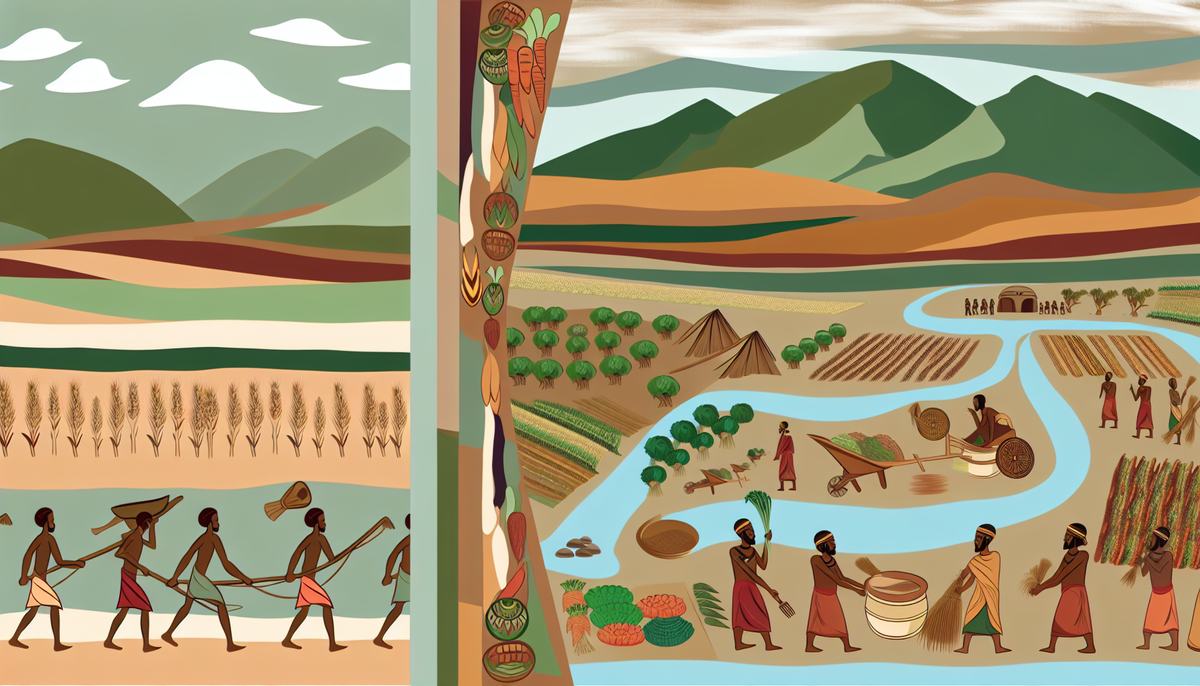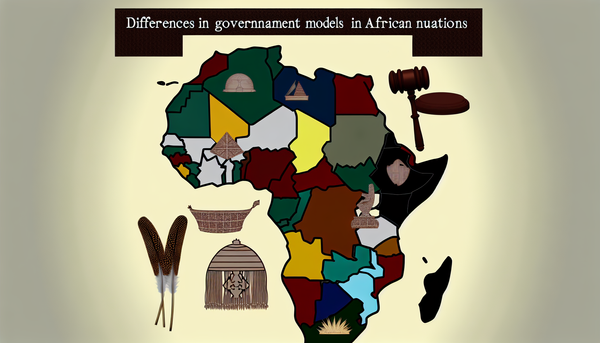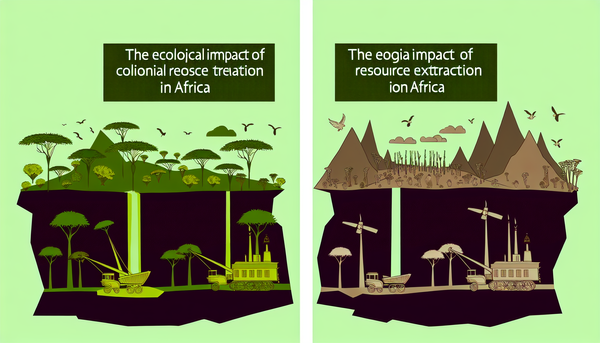The Role of Agriculture in Ancient African Civilizations

Origins and Development of Early Farming Communities
The transition from nomadic lifestyles to settled farming communities marked a significant turning point in ancient African civilizations. This evolution began around 10,000 BCE, likely in the fertile regions of the Sahara and the Nile Valley, where favorable climate conditions and abundant natural resources prompted groups to explore agriculture. Early inhabitants cultivated wild grains, which eventually led to the domestication of staple crops such as millet, sorghum, and later, rice and wheat.
As these communities settled, they developed innovative farming techniques, including irrigation and crop rotation, to maximize yields. This agricultural surplus not only supported larger populations but also prompted the growth of permanent settlements, allowing for the rise of complex societies. Villages transformed into towns, facilitating trade and cultural exchanges among communities.
Moreover, the establishment of agricultural practices fostered social structures based on labor specialization, with some individuals focusing on farming while others took on roles as artisans, traders, or leaders. This diversification laid the groundwork for the development of early governments and organized religions, which often revolved around agricultural cycles. Thus, the origins of farming in ancient Africa were pivotal to shaping the continent's diverse civilizations and their lasting legacies.
Impact of Agricultural Surplus on Population and Urbanization
The emergence of agricultural surplus profoundly transformed ancient African societies, serving as a catalyst for population growth and urbanization. As farming techniques advanced and yields increased, communities found themselves with more food than they needed for subsistence. This surplus encouraged larger populations, as it could support a greater number of people without the constant need for migration in search of resources. Families grew, and communities expanded, leading to denser settlements.
With increased population density came the rise of towns and cities. These urban centers became hubs for trade and cultural exchange, as surplus crops could be traded for goods and services. This exchange fostered economic interconnectedness and allowed for the specialization of labor, with individuals taking on various roles beyond agriculture, such as artisans, merchants, and builders. Consequently, a more complex societal structure emerged, characterized by social stratification and developing political systems.
Additionally, urbanization facilitated the spread of ideas, technologies, and innovations, further enriching cultural life. However, this rapid growth also brought challenges, such as resource management and social conflicts. Overall, agricultural surplus laid the foundation for flourishing civilizations in ancient Africa, shaping demographic patterns and urban landscapes that would influence the continent's development for centuries.
Innovation in Farming Techniques and Crop Diversification
The onset of agriculture in ancient Africa spurred a wave of innovation in farming techniques and crop diversification, reflecting the adaptability and ingenuity of early agriculturalists. As communities settled and experienced the limitations of traditional methods, they began to explore new practices that would optimize their yields. Innovations such as the use of plows, selective breeding, and the introduction of irrigation systems allowed farmers to improve efficiency and productivity dramatically.
Crop diversification became a fundamental strategy for sustaining food security and mitigating risks associated with climatic variability and pests. By cultivating a variety of crops, such as millet, barley, and legumes, farmers could ensure a more stable food supply. This approach not only enhanced dietary nutrition but also fostered soil health, as different crops contributed to a balanced ecosystem.
Additionally, ancient agriculturalists developed knowledge of seasonal patterns and soil management, utilizing techniques like crop rotation to enhance fertility. These innovations emphasized a harmonious relationship with the environment, allowing societies to thrive in diverse landscapes, from the savannahs to river valleys. As a result, the legacy of these early farming practices significantly influenced agricultural methods throughout centuries, laying the groundwork for more advanced agricultural systems in later civilizations.
Trade Networks Established Through Agrarian Economies
The development of agrarian economies in ancient Africa played a pivotal role in the establishment of extensive trade networks that facilitated cultural and economic exchanges across the continent. As agricultural surplus became more common, communities found themselves not only producing enough food for their own needs but also generating excess goods that could be traded. This surplus became a crucial resource for creating inter-community relationships and establishing trade routes.
Key agricultural products, such as grains, vegetables, and livestock, were exchanged for items like textiles, pottery, and tools, which were produced by specialized artisans. The emergence of trading hubs, often located near fertile areas or along riverbanks, allowed for greater interaction among diverse groups, paving the way for cultural exchange and the sharing of knowledge and practices.
Additionally, trade routes linked different regions, from the Nile Valley to the West African Savannah, facilitating the movement of people and ideas. This interconnectedness enhanced socio-political relationships, enabling the rise of powerful states and kingdoms that could exercise control over trade.
Moreover, trade not only enriched local economies but also contributed to the spread of innovation, religion, and cultural influences, thus laying the foundation for the complex civilizations that would later dominate the African landscape.
Social Stratification and the Emergence of Leadership Roles
As agrarian economies flourished in ancient African civilizations, social stratification began to take shape, leading to the emergence of distinct social classes and leadership roles. The agricultural surplus enabled communities to support larger populations, which in turn fostered complexity in social organization. As resources became more abundant, certain individuals or families accumulated wealth, leading to disparities in social status.
Wealthy landowners and influential leaders emerged as important figures within these societies, often taking on roles that involved governance, decision-making, and conflict resolution. This shift led to the establishment of hierarchical structures, where individuals were categorized based on their economic resources, occupation, and lineage. Those in leadership positions not only wielded authority over agricultural practices but also played crucial roles in organizing labor, resource distribution, and trade.
Furthermore, social stratification influenced cultural and religious practices, as elites often acted as intermediaries between the divine and the community. The growing complexity of these societies led to the development of formalized political systems, where rulers exercised power over growing territories, and councils were formed to govern. Thus, the interplay of agriculture and social stratification in ancient Africa catalyzed the rise of leadership roles that shaped the region's historical trajectory and cultural identity.
Religious Practices and Beliefs Tied to Agricultural Cycles
In ancient African societies, religious practices and beliefs were intrinsically linked to agricultural cycles, reflecting the vital role of farming in daily life. As communities transitioned to agrarian living, they developed spiritual frameworks that honored the forces of nature that influenced crop growth, weather patterns, and harvests. Fertility deities, often personified as earth and rain gods, were worshiped through rituals and offerings to ensure bountiful yields and favorable conditions.
Ceremonies celebrating planting and harvest times became central to community life, uniting people in shared rites that emphasized gratitude and reverence for the land. These rituals often included music, dance, and communal feasting, reflecting the interconnectedness of social bonds and agricultural success. Ancestors were frequently invoked to bestow blessings, reinforcing the cultural practice of honoring those who had come before.
In addition, agricultural calendars emerged, guiding the timing of planting and harvesting in accordance with religious beliefs. Festivals celebrating seasonal transitions not only marked agricultural milestones but also served as opportunities for social cohesion and reaffirmation of identity. This sacred relationship between agriculture and spirituality underscored the importance of harmony with nature, shaping the worldview of ancient African societies and their reverence for the cycles of life and death.
Environmental Adaptations and Management in Farming
Ancient African societies exhibited remarkable resilience and ingenuity in adapting their farming practices to diverse environmental conditions. The continent's varied landscapes, ranging from arid deserts to lush river valleys, required innovative approaches to agricultural management. Communities learned to harness local resources and develop techniques to optimize crop productivity while minimizing environmental impacts.
In arid regions, such as the Sahel, farmers employed techniques like shifting cultivation and agroforestry, where trees and crops are grown together to ensure soil fertility and moisture retention. Similarly, the construction of terraces and irrigation canals allowed communities in the Nile Valley and other river basins to control water flow and maximize arable land. These methods not only increased agricultural output but also helped mitigate the risks associated with climate variability.
Farmers also developed significant knowledge about their environmental context, including understanding seasonal patterns and soil types, which informed their crop choices and planting schedules. Crop rotation and intercropping further contributed to biodiversity and soil health, reducing the likelihood of pest infestations and crop failures.
Through these environmental adaptations and effective management practices, ancient African agriculturalists not only sustained their livelihoods but also laid the groundwork for future generations, demonstrating a deep respect for the ecological balance essential to farming success.



